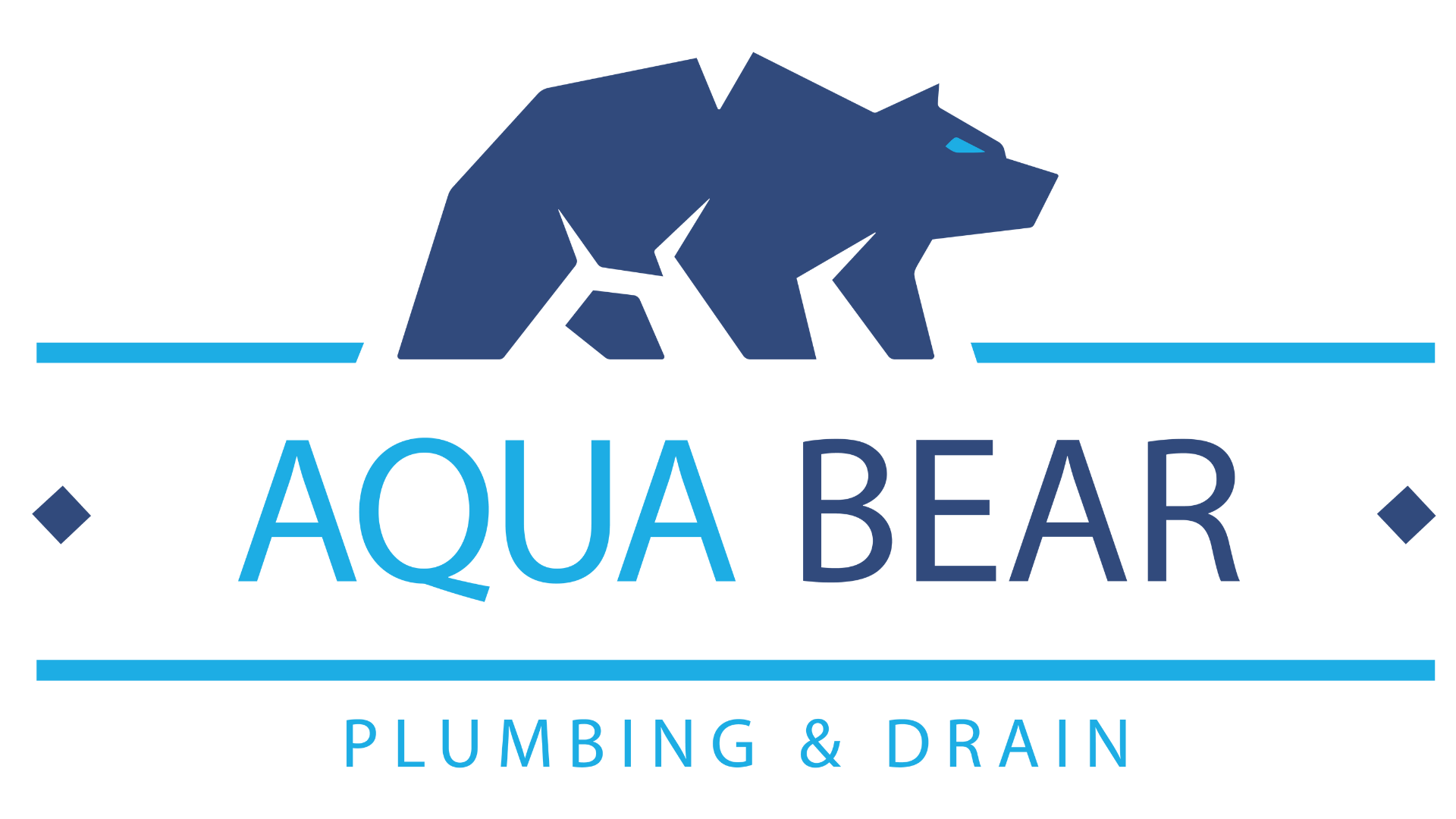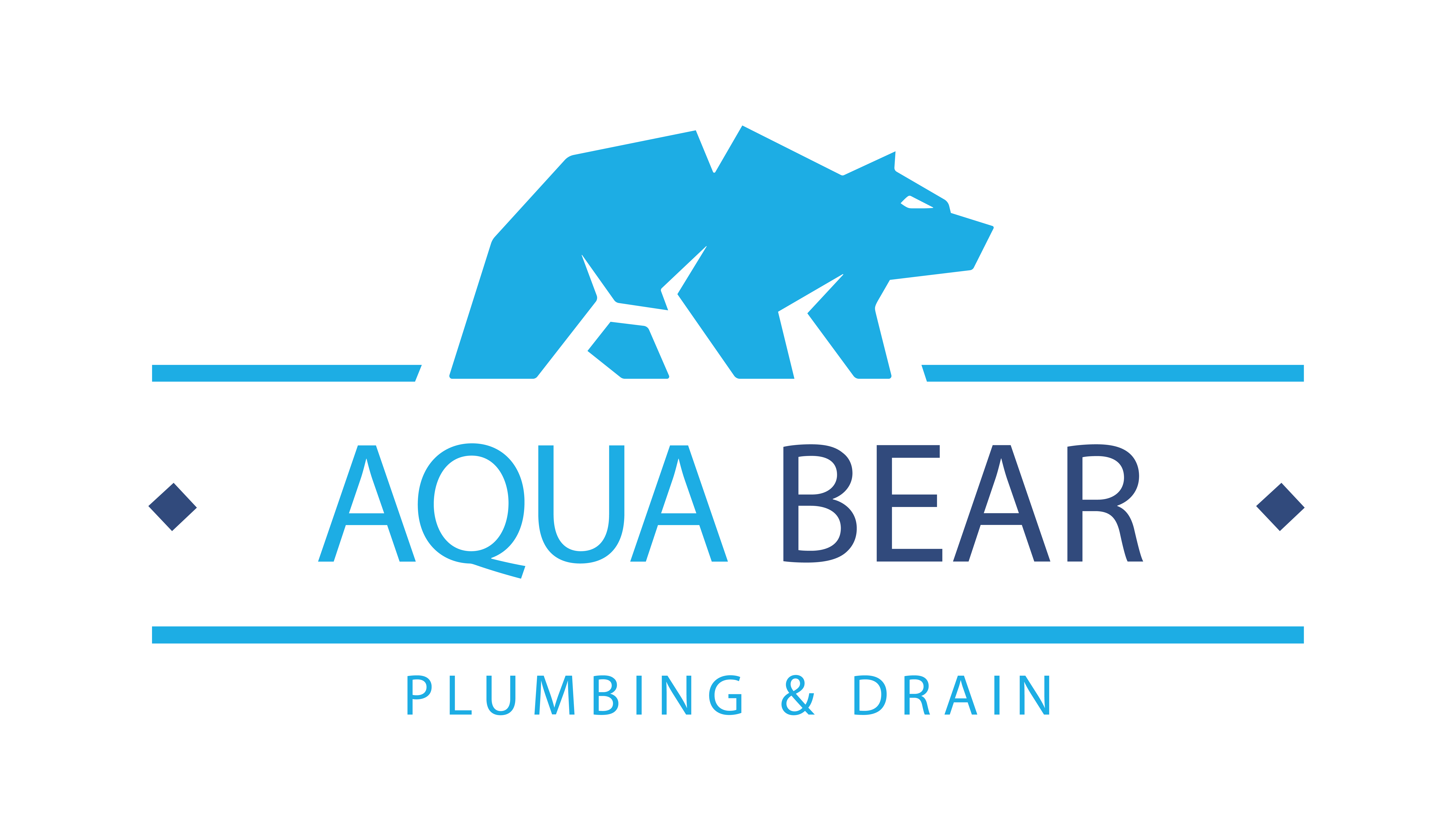What Are The Purpose Of Drains?
Drains safely carry wastewater out of a home using gravitational force and do not need mechanical assistance. The wastewater naturally flows from plumbing fixtures and water-using appliances and is sent to a private septic tank on the property or the public sewer system.
Disposing of wastewater properly prevents flooding from occurring and structural damage or possible health-related issues from forming.
Types Of Drain Pipes
Many possible pipe materials are commonly used in drainage systems ranging from metal to more modern plastic varieties. Here we will look at the most common pipe materials used for drain pipes.
Metal Drain Pipe
Homes built before the 1960s will likely be fitted with metal drain pipes. Although plastic existed, it was not widely used in plumbing systems until the second half of the twentieth century.
Cast Iron
Cast iron pipe is still in use today but is often used for repairing older plumbing, with plastic pipe being the first choice for new construction. Cast iron was preferred for its durability and strength, but it is known to deteriorate from the inside out, causing issues with drains that are not apparent from the outside.
Although slated to last 60 years, signs of deterioration are present at the 25-year mark. Cast iron drains are prone to corrosion leading to clogging and slow drains, and the material is heavy, making it prone to cracking from its weight.
Galvanized Steel
Also popular during the 1950s, galvanized steel was a popular choice for drain lines until it became known that corrosion affected this drain pipe type, and now is being replaced by plastics.
Copper
Copper pipe has been the industry standard for more than 60 years and boasts many advantages, such as UV and bacteria resistance and durability second to none. Copper tends to leak or burst mainly from corrosion, which may add a metallic taste to water.
Plastic Drain Pipe
The 1070s plastic piping emerged as an alternative to metal pipes due to its ability to resist corrosion. Its lightweight quality and ease of installation made plastic pipes the first choice for plumbing drainage systems.
ABS
Acrylonitrile butadiene styrene was one of the earliest plastic pipes used in residential plumbing. Unfortunately, it proved to be unreliable and is now even banned from use in some parts of the country.
CPVC
This type of PVC pipe that has been treated with chlorine to increase its tolerance for higher temperatures and pressures. It is commonly used in drain lines, vent lines, and for hot water delivery.
HDPE
High-density polyethylene is a tough and durable material with a low coefficient of friction; it allows wastewater to flow freely without potential clogging.
PVC
Polyvinyl chloride is a white-colored plastic found in drainage systems and other plumbing applications. This durable and corrosion-resistant pipe is more flexible, making it less prone to cracking under pressure, and it is widely used for drain pipes in drain-waste-vent and sewer systems.
Common Causes Of Slow Drains
Minor Clogs
Minor clogs tend to form in drain pipes due to soap scum and hair accumulation in the bath and improper disposal habits in the kitchen that allow grease, fibrous food bits, and other clog-inducing materials to enter the drain. The worst culprit is the flushing of anything other than human waste and toilet paper. Even items marketed as ‘flushable’ should never be disposed of in a drain.
Tree Root Intrusion
Trees planted near sewer lines can wreak havoc on your drainage system. Their roots constantly search for food and water, and a sewer line provides both. Once a small crack forms in the sewer line, tree roots enter, blocking the passage of wastewater and slowing down drains.
P-Trap Issues
The P-trap is designed to trap a small amount of water between the drain opening and the drain line. It aims to create a water seal that prevents sewer gases from entering living spaces. This curved pipe can easily become blocked with debris and creates drains that are slow to empty.
Mineral Build Up
Hard water contains minerals such as calcium and magnesium that can accumulate on the interiors of drain pipes. These minerals can corrode pipe material and reduce the lifespan of plumbing fixtures and appliances. As the minerals build up they restrict the wastewater attempting to the drains.
Vent Pipes
All plumbing systems include ventilation to ensure wastewater flows easily through the plumbing system with the help of gravity. If, for some reason, the venting is compromised, the air required to keep drain pipes flowing is absent. This lack of air causes gurgling and slow-to-empty drains.
Aging Plumbing
Aging plumbing has seen its share of wear and tear, which can cause loosened connections in the plumbing system. Loose joints permit dirt and debris to enter drain pipes, causing a more likely chance of clogs developing, and a clogged pipe makes for a slow drain.
Signs Your Drains Need Attention
A slow drain is easily recognizable by a visual inspection and the frustrations that often accompany a slow drain. Here are some early clues your drains may be beginning to fail.
Sewage Smells
If the drains in your home are starting to smell bad, you likely have a drain issue. As clogs develop, the clogging material decays, creating the odor. If left unattended, you may even notice fruit flies swarming in the drain opening.
Gurgling Sounds
A partially clogged drain or a vent pipe that is blocked can cause your drains to make a gurgling sound. If you notice noisy pipes, suspect there is a drain issue developing.
Backups
Slow to empty drains in every fixture in your home indicates a problem deep within your plumbing system. If a sewer clog is allowed to fester, it could lead to the most unsanitary event known in the plumbing world, a sewage backup. If raw sewage backs up in your drains, you have a much more serious problem than just a slow drain.
Weak Flushing Toilets
If the drain leading from your toilet becomes blocked, it will cause your toilet to bubble and lack the power to flush properly. Watch for sluggish toilets to alert you to drain issues.
Preventing Slow Drains
There are practical steps homeowners can take to reduce the chances of slow drains. The homeowner can conduct some of these, while others require the expertise of professionals such as ourselves. Read on to learn the best steps to take to avoid drain problems.
Develop Proper Disposal Habits
Poor disposal habits create many clogs, so learning and practicing good disposal habits is necessary. Stop using oily bath products and install hair catchers on every bathroom drain.
Be mindful of what you flush down your toilet, and never dispose of paints, solvents, cat litter, or hygiene products, as they are not meant to be disposed of in the toilet.
Stop Using Chemical Drain Cleaners
Drain cleaners available at home improvement stores are excellent at removing clogs in your drains. Unfortunately, while they eat away at clogs, they also eat away at your pipe material. Excessive use of toxic chemicals will weaken your drain pipes and potentially cause a health risk to your family. Avoid these cleaners at all costs.
Control Landscaping
As discussed earlier, tree root intrusion is a major contributor to slow drains. First, avoid planting trees and shrubbery near your sewer line, but if trees are already established, hire a landscaper to trim the roots every five years and apply a root control liquid that slows the growth of roots, making them easier to manage.
Install A Water Softener
Hard water damage can be greatly reduced by installing a water softener. These appliances remove or isolate minerals that cling to pipe interiors making the water softer and less damaging. These whole-home systems are easy to install and require minimal maintenance, making them worth the investment.
Replace Aging Plumbing
Plumbing pipes and fixtures all have a predetermined life expectancy, and when yours begins to exceed this time span, it is wise to repipe your home. Frequent clogs and sewage backups create headaches and should not be tolerated in a well-kept home.
Enroll In Yearly Inspections
The best decision a homeowner can make is to enroll in a proactive maintenance program where an experienced technician can inspect all aspects of a plumbing system and repair minor issues before they turn into plumbing emergencies. A trained plumber can save you thousands of dollars in future repairs and potential headaches caused by a plumbing disaster.
Looking To Correct Slow-To-Empty Drains?
We offer drain maintenance and repair for drains that are slow to empty. Whether it’s a stubborn clog, tree roots, or a ventilation issue, we know how to quickly diagnose and accurately repair your drain problems so you can keep your home safe and ensure the comfort of your family. Call today to schedule an appointment and join our long list of valued customers. You’ll be glad you did!






